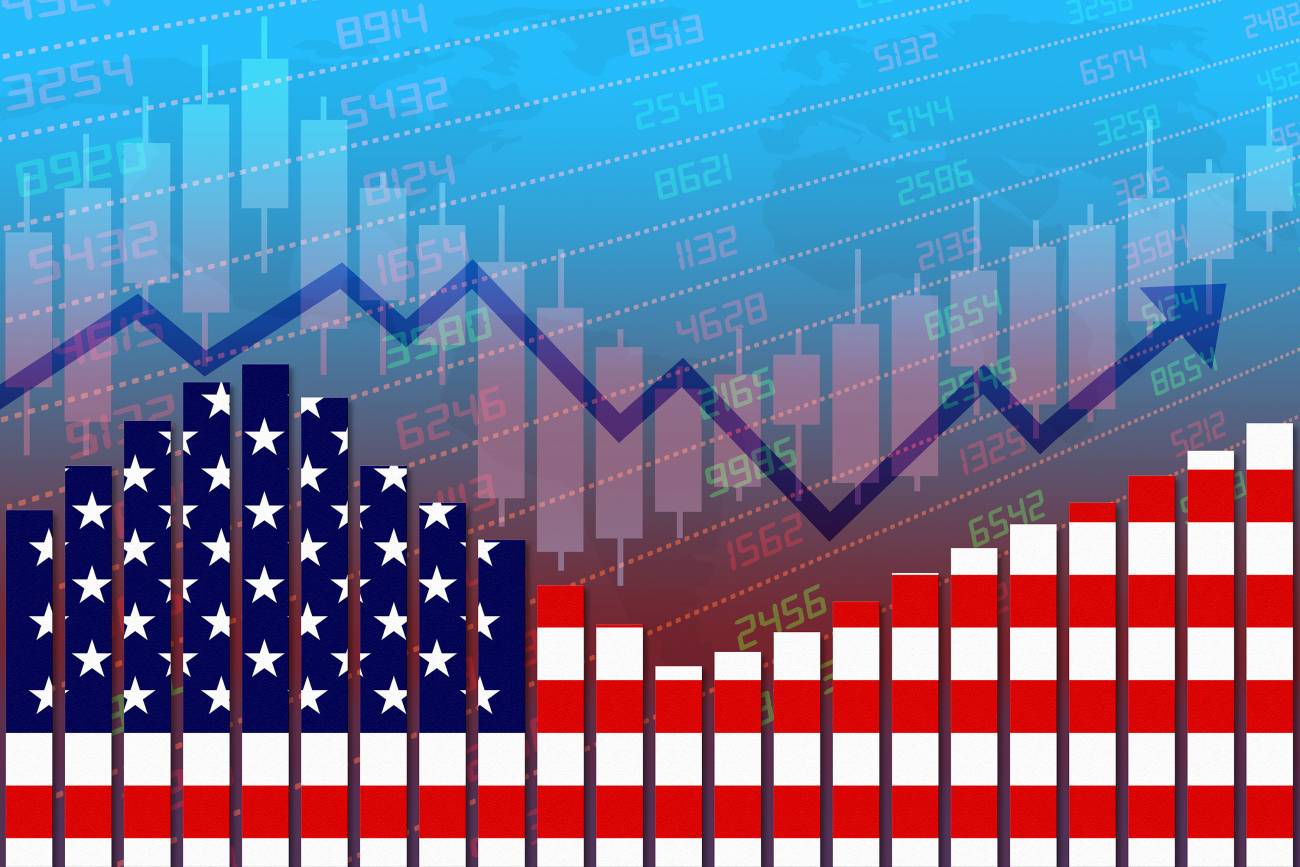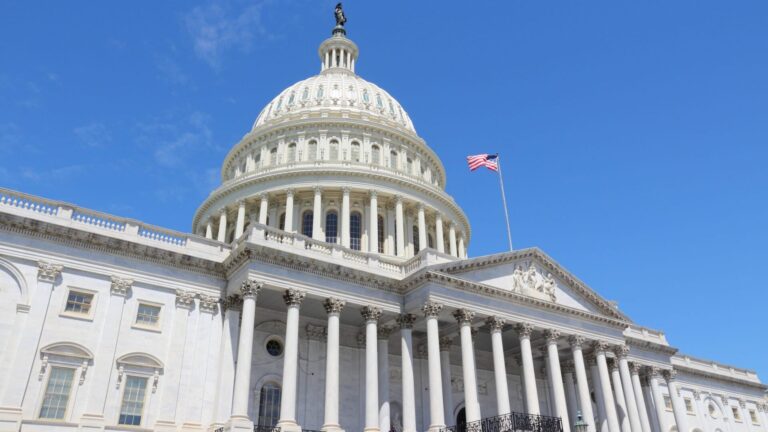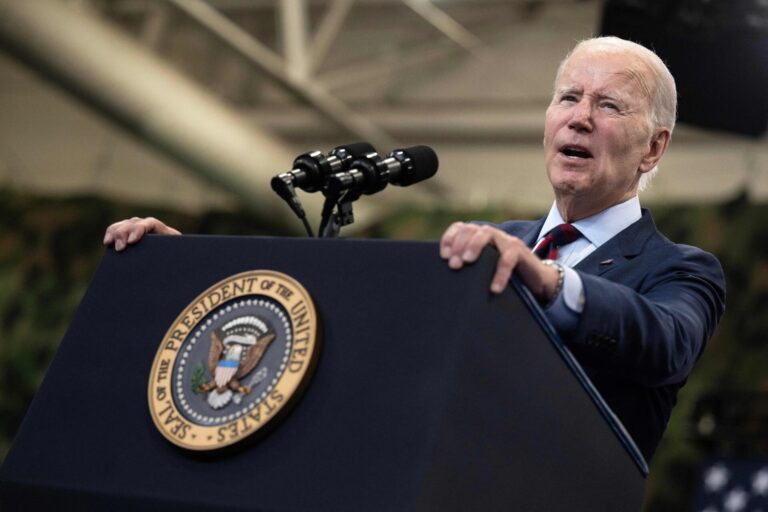A holiday-shortened week and a paucity of new economic data should leave markets and economists with little to digest as 2022 comes to an end.
By now, the focus has turned to the new year and what it might bring with most in one of two camps: a weakened economy that succumbs to the most aggressive Federal Reserve campaign of higher interest rates in 40 years or a resilient economy that sidesteps recession and muddles through.
The week brings a couple of readings on the housing sector, with Tuesday’s report on home prices for October and pending home sales for November on Wednesday. Neither is likely to offer much reprieve from the funk housing is in as high mortgage rates and prices dampen sales activity. Otherwise, markets will likely focus on end-of-the-year portfolio shuffling and any external developments or geopolitical tensions.
Mortgage rates have improved since early summer, but home sales activity has been muted due to limited inventory.
“Mortgage rates will continue to inch down, but they likely will remain above 6% during the first part of the year,” Bright MLS Chief Economist Lisa Sturtevant said last week. “However, if buyers are ready to come off the sidelines, early 2023 could offer more options, as inventory has begun to increase, and could see mortgage rates at their lowest levels since late summer.”
Last week saw another improval in the inflation picture, with the Fed’s favored personal consumption expenditures price index for November showing prices rising at a slower pace. That won’t yet be enough to deter the Fed from its plans to continue raising interest rates but it could mean a lower hike of only 25 basis points in February.
The first week of January will bring the monthly jobs report from the Labor Department, and that will be closely watched for indications the labor market is beginning to weaken. That has not happened so far, but companies often announce layoffs around the end of the year and those would show up in the January release.
“Rising unemployment will likely dampen consumer spending and ease inflationary pressures in the coming year,” LPL Financial Chief Economist Jeffrey Roach wrote last week. “One-year inflation expectations fell the lowest since June 2021 and as inflation eases, the Fed can further downshift the pace of rate hikes at the February meeting.”







